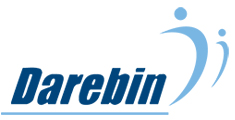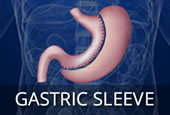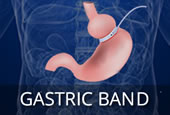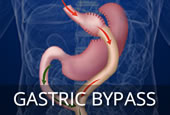Biliopancreatic Diversion Surgery
Laparoscopic Biliopancreatic Diversion operation combines removal or exclusion of 2/3rds of the stomach along with a long intestinal bypass which significantly reduces the absorption of fat. Residual stomach capacity is about 200mls.
The capacity to eat is greater than with the other operations, and the eventual weight loss is the best of all the operations but if fatty foods are overeaten e.g. a hamburger and fries then diarrhoea and foul flatus will result.
Advantages of Biliopancreatic Diversion
The advantages of Laparoscopic Biliopancreatic Diversion includes:
- Greater stomach capacity (200-250 mls) therefore can eat a small main meal instead of an entrée portion
- Weight loss is well maintained
- Adjustable and partially reversible, but only by further surgery
- A very good option for revision if other techniques have failed
- Estimated 70-90% Excess Body Weight Loss at 2 years
Disadvantages of Biliopancreatic Diversion
The disadvantages of Laparoscopic Biliopancreatic Diversion includes:
- Open operation ( usually), therefore greater operative risks e.g infection, Bowel leak, Clots to legs and lungs wound infection and hernia, chest infection. Risk of Death 1:200
- Malabsorbtion to some minerals vitamins and Protein . Patients must commit to taking lifelong supplements of the fat soluble vitamins ( A D E K ) Calcium and sometimes Iron
- Risk of deficiency state e.g. Iron deficiency anaemia or osteoporosis if supplements not taken
- Take longer to recover (6-8 weeks off work)
- Increased stool frequency 2-4/day
- Flatulance if fatty foods eaten
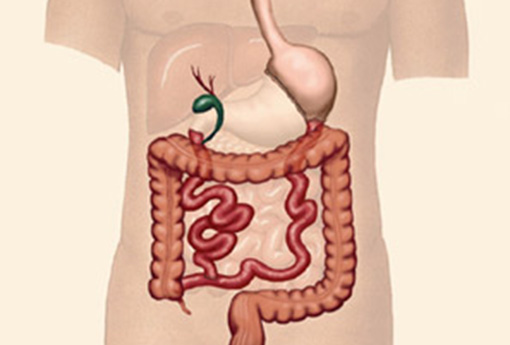
Locations of Darebin Weight Loss Surgery
Key Consulting Locations
Suite 3, 195 Thompsons Road
Bulleen Vic 3105
Key Operating Locations
The Austin Hospital
Warringal Private Hospital
Epworth Richmond
Hospital
Latrobe Private
Northern Private.
